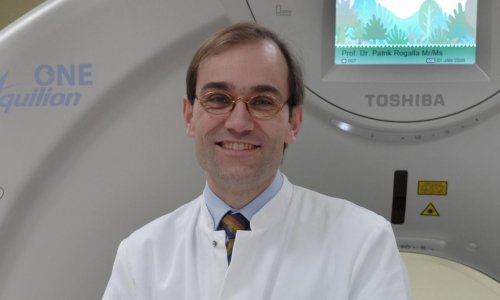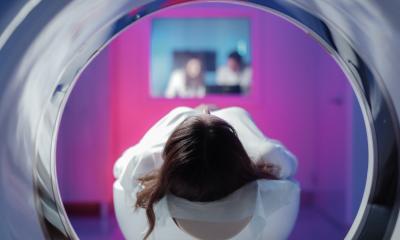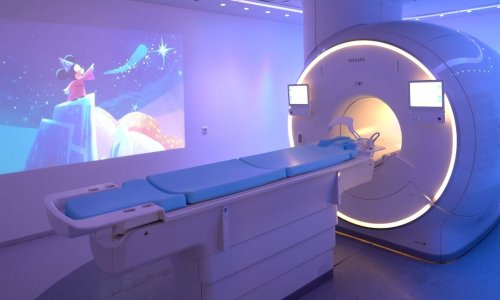ECR
Innovations continue to flow at ECR
ECR 2014 sets new standard for medical congresses
The European Congress of Radiology (ECR), the biggest radiology meeting in Europe, was held March 6–10 in Vienna, Austria. Over 20,000 delegates from more than 110 countries attended the annual meeting of the European Society of Radiology (ESR), which took place for the 20th time at the Austria Center Vienna.


It was also the first time that the congress extended into UN territory, with the Vienna International Centre’s M building serving as an annex.
With over 1,800 lectures on every aspect of medical imaging, the scientific programme delved into the latest works of international experts and tackled the current hot issues in radiology. A total of 329 presentations focused on oncologic imaging, 228 on abdominal and gastrointestinal imaging, and many more on many other subspecialties in radiology, as well as physics, nuclear medicine and dedicated lectures for radiographers.
Radiation protection was another key theme of the congress as the ESR launched the EuroSafe Imaging campaign, an initiative promoting appropriateness in medical imaging, maintaining doses within diagnostic reference levels and emphasising the as low as reasonably achievable (ALARA) principle. “This congress for me is very specific because it’s the first time that the ECR is connected to a political action (...) This campaign is a good summary of all our policy related to radiation protection,” said ESR Past-President Professor Guy Frija from Paris, France.
A dedicated website, www.eurosafeimaging.org, was recently launched. Many activities will follow in 2014, including the development of training material and lists of criteria for safe radiological examinations, and the organisation of dedicated radiation protection sessions during subspecialty and national societies events. Individuals and organisations are actively encouraged to become ‘Friends of EuroSafe Imaging’ by signing up with the campaign online.
Another innovation at the congress was the launch of the multimedia classroom, in which radiologists could directly train their peers on several workstations in CT coronary angiography, CT colonography, and CT imaging in oncology and emergency.
The interactive sessions all proved very popular, and the session ‘Pitfalls in abdominal imaging’ attracted almost 2,000 delegates, while 1,500 participants attended the Image Interpretation Quiz (IIQ).
ECR Live, a service that allows people to watch lectures online from all over the world, broadcast more than 1,500 lectures in real time and attracted more than 5,500 viewers. Over 4,000 messages, which were posted on Facebook and Twitter and the built-in chat function, were displayed on the Social Media Wall over just five days, confirming the ECR’s leading position in the use of social media at medical congresses. And for the first time, people will be able to view the sessions after the congress.
“ECR Live is now in perfect shape. We’re covering most of the sessions and, what’s most important is that it will now be possible for any member of the society to go through a session from home during and after the congress. It’s a tremendous treasure of knowledge for future radiologists, so I think that the ECR is again setting another standard for the organisation of medical congresses,” said ECR 2014 President, Professor Valentin Sinitsyn.
The next European Congress of Radiology (ECR 2015) will take place in March 2015, again at the Austria Center Vienna.
13.03.2014











